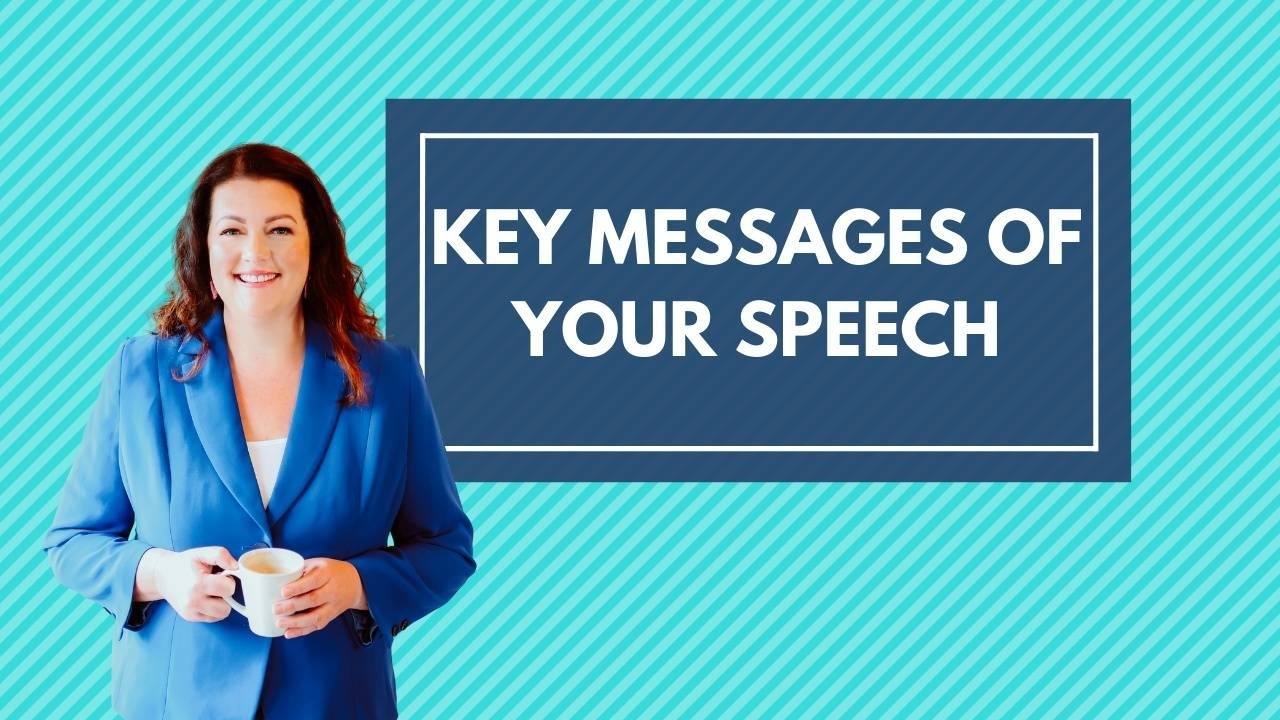How to structure your speech

by Jaimie Abbott
Structure your speech with key messages
There are so many things to think about when public speaking – the audience, the occasion and not to mention the materials you’re going to use!
Another important aspect is deciding which key messages to use and how to structure them. Here are some tips:
Research
First do some research about the topic you are given to speak about. It’s also best to clarify the purpose of your speech during preparation.
Create Your Key Message
Once you’ve gathered the required information and you know the purpose of the speech, you need to create your top 3 key messages. Ask yourself ‘what do I want the audience to remember?’
Here’s how to do it:
-
Write down 10 key messages that you think are important about the topic.
-
Narrow this down to 3 by prioritising the ones you want your audience to remember.
-
Craft your top 3 key messages so they will be easy to say, easy to understand and easy to remember. They should be specific and direct to the point.
-
Select the most important message among the three. This will be your main key message. It should be about your audience, and not about yourself or the company. The main key message should be something which will make an impact on your audience or something they will benefit from. Think to yourself, “what’s in it for them?”
Make an outline or framework
Based on the key messages, draft a structure on how you want to deliver a speech. Just like a movie or a story, your speech should have a narrative. This way, your audience will be able to understand your messages better. Below is the most common framework of a speech:
Introduction – This is where the greeting, self-introduction, the topic, the key message, and preview for the main points are given. Make sure you deliver a strong introduction. You can use a quotation, a saying, or a line from a song or movie to set the tone of your speech.
Body – It includes main points and ideas that will support your key messages. This is where the purpose of your speech should be served. Any short videos, graphs, or slides are shown at this part of public speaking. You can also insert some humour related to the topic, to keep the audience’s attention.
Conclusion – A short summary of the topic, the main points and the key messages should all included in the collusion of your speech. You can also say some parting wisdom about your topic. This is your big chance to make your audience remember you and your speech.
Compose Your Message in Simple Words
After creating a framework, composing your entire speech is next. Remember not to use fancy words, this is not necessary. Use simple words in short but powerful sentences.
Make sure after composing your speech, you take time to read through. Practice the correct timing and delivery of the sentences, so your audience will be able to understand your message effectively.


